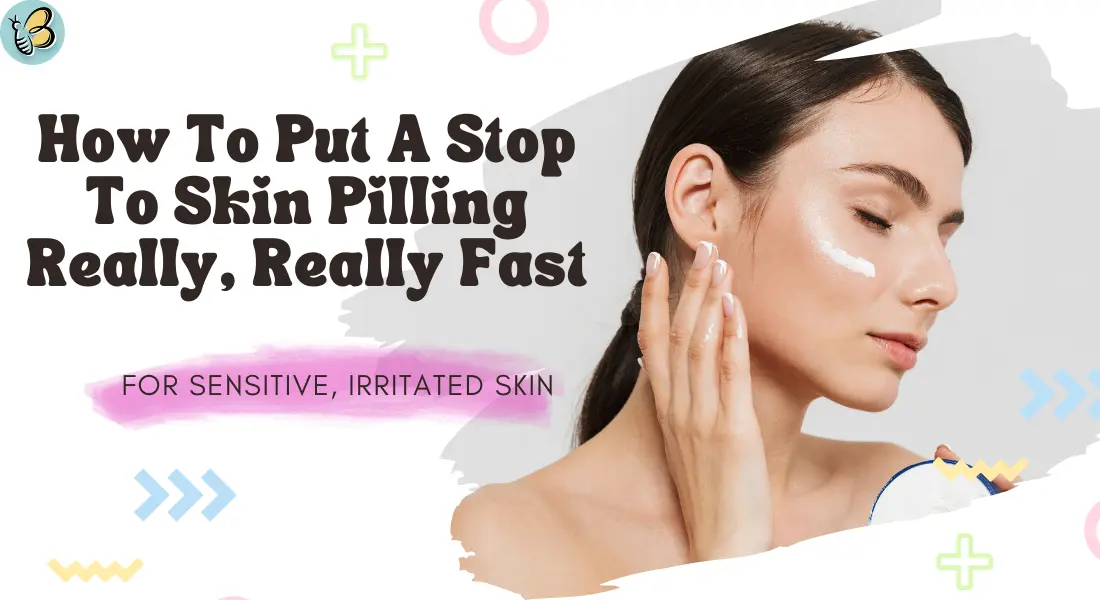Ever heard your skincare-loving friend ask, ‘Why does my skincare pill?’ Or maybe you’ve noticed tiny, flaky particles on your skin after applying a product? This is what we call ‘skin pilling.’ While the term might be new to some, skin piling is more common than you think, and it’s often caused by certain skincare products.
In our daily routines, skincare is more than just about nourishing our skin—it’s a moment to reconnect with ourselves. Just as we seek balance in our lives, our skin craves the same harmony. Yet, it can be frustrating when the products we trust leave behind rough patches or fail to absorb properly. We choose these routines to honor our skin and bring out its natural glow, and when they don’t work as expected, it disrupts that balance.

No need for worry—there’s a way forward. In this guide, we’ll explore what causes skin pilling and share how to prevent it by choosing the right products and following a natural, thoughtful routine.
What is skin pilling exactly?
When we apply skincare products, we expect them to nourish and heal, but sometimes the product doesn’t blend as intended. Skin pilling or even moisturizer pilling happens when the product forms small beads and rolls off, often due to layering or not properly preparing the skin.
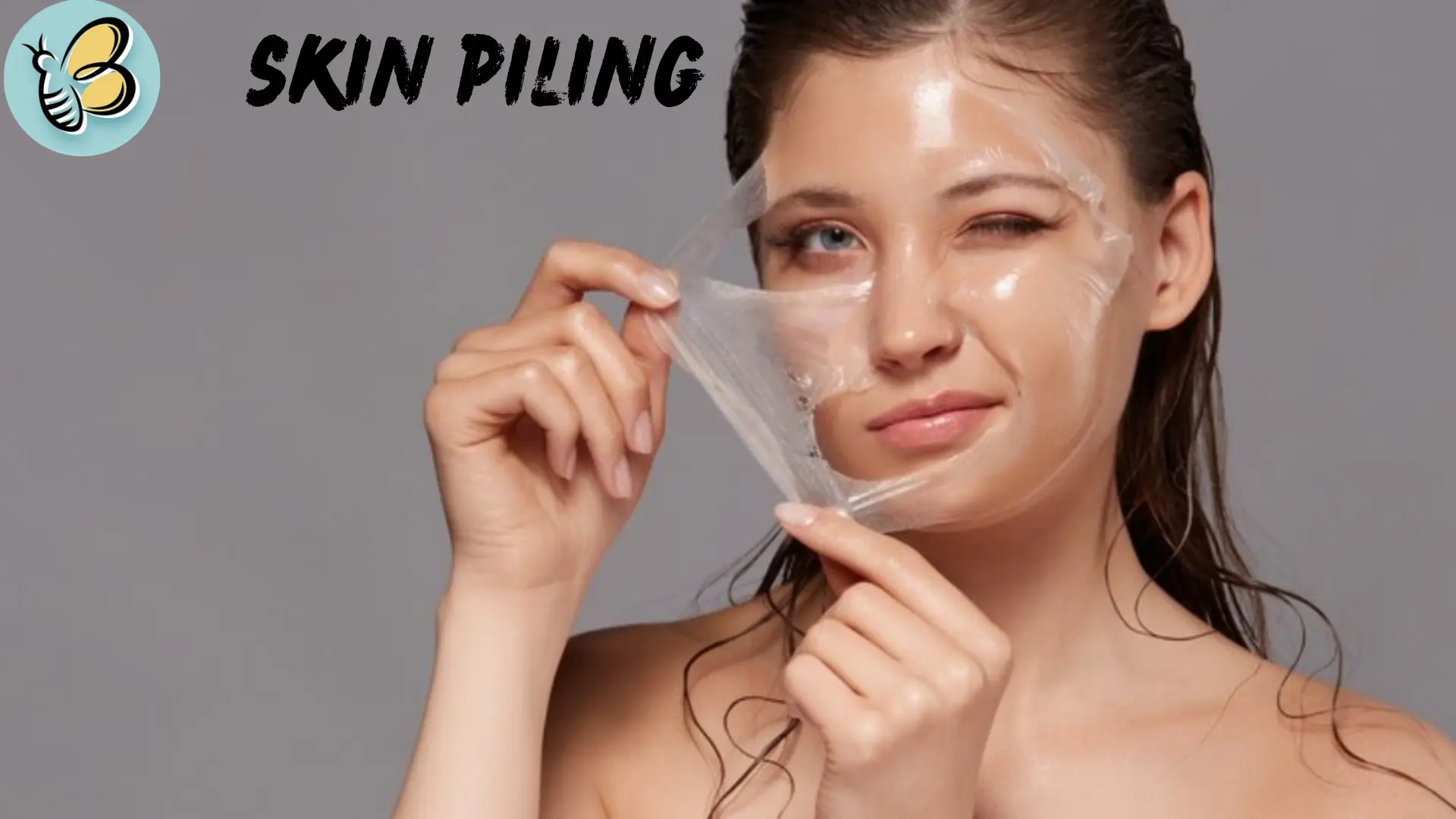
This usually comes from using products in the wrong way. But don’t worry—here are some common reasons piling occurs:
- Certain ingredients like hyaluronic acid, biopolymers, or oil-control additives may cause pilling for some people.
- Your products may not be working in harmony.
- The skin may not be thoroughly cleansed or exfoliated.
Peeling vs. Pilling
It’s important to understand that piling is different from peeling. Peeling refers to the actual shedding of skin, which can happen when using active ingredients like retinol or AHAs. This can either be a normal part of rejuvenation or a sign that your skin barrier is damaged.

It’s easy to confuse these terms, especially when skincare clumps and appears like flaky skin. To know whether you’re peeling or experiencing pilling, take a closer look during cleansing. If you notice true peeling, it might be time to ease up on your active ingredients or explore whether your skin is dehydrated, sensitive, or in need of deeper care.
What Causes Skin Pilling?
Here is an answer to your query, “Why does my skin peel after skincare?” Skin piling can occur for many reasons, often as a sign that our skin is out of balance. Understanding these causes helps us restore that balance and bring out our skin’s natural beauty.
Common causes of skin pilling include:
- Uneven skin texture
- The types of skincare and cosmetics we use
- Ingredients in our products
- Using too much product at once
- Layering products in the wrong order
- A buildup of dead skin cells
When our skincare doesn’t penetrate as it should, it may form tiny pellets on the surface of the skin. This happens when moisturizers, serums, or makeup don’t absorb properly and instead sit on the outer layer. You might notice pilling immediately after applying products or even when touching your face later.
How to prevent skin pilling or pilling face?
One of the most common reasons for pilling is using products in the wrong order. A simple guide is to apply products from lightest to heaviest. Start with a serum, follow with a moisturizer, and always finish with SPF (30 or higher). This ensures that the most active ingredients can reach your skin.
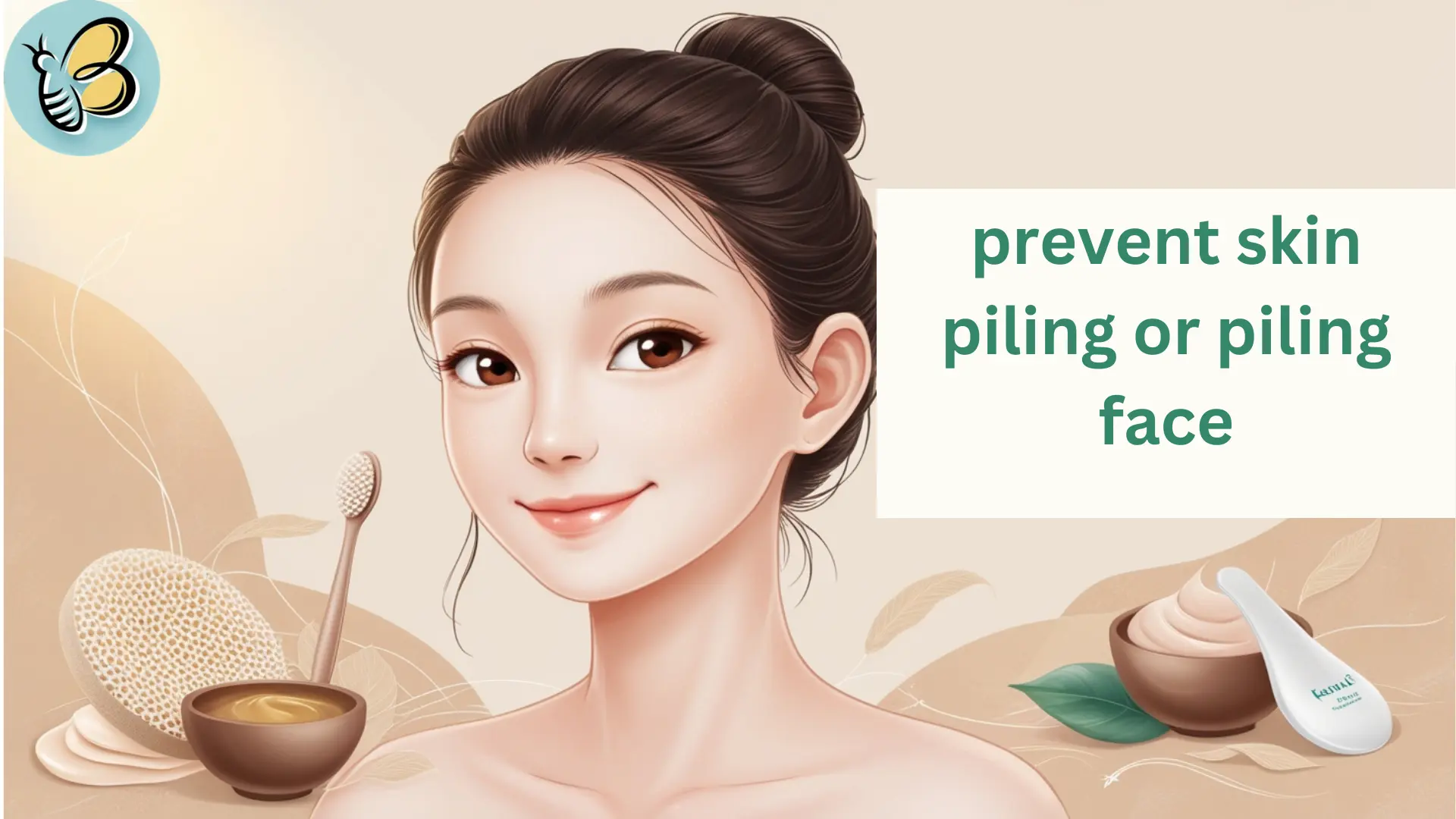
It’s also important to layer compatible products. If your skincare is pilling, it may mean the products aren’t working together as they should. Choose products with similar formulations to avoid this.
1: Exfoliate regularly but with care.
Face cream piling often happens because dead skin cells aren’t being cleared away, blocking your skincare from doing its job. Regular exfoliation can help keep your skin smooth and prevent pilling, but be gentle. Over-exfoliating, especially when using strong ingredients like AHAs, BHAs, or retinol, can harm your skin’s moisture barrier and lead to more piling.
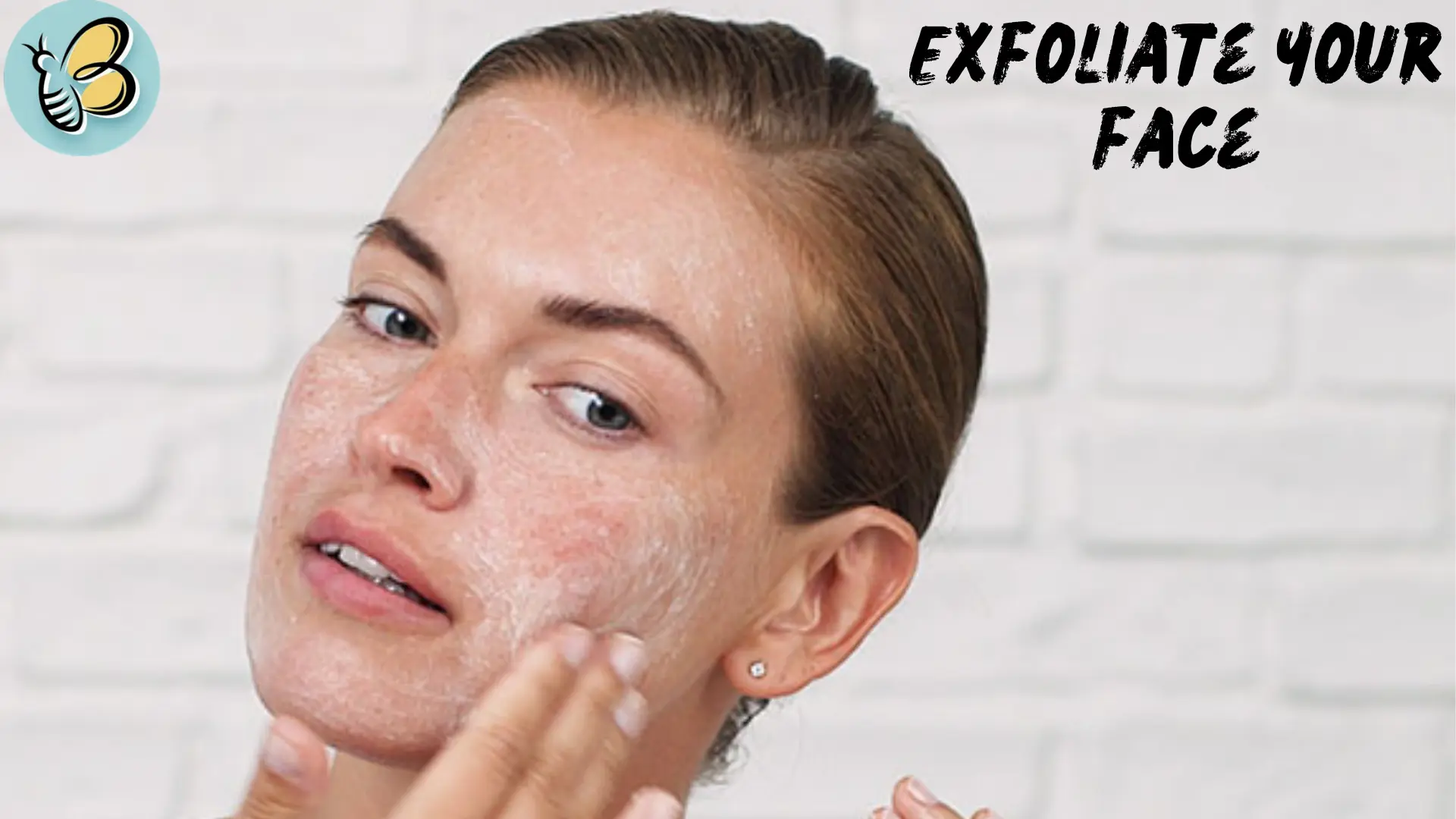
Depending on your skin type, using a hydrating chemical exfoliant like lactic acid two to three times a week can remove dead skin cells without over-drying. You can also use a gentle exfoliating cloth with cleansing oils or balms to leave your skin feeling soft. Remember, it’s about balance. Give your skin time to rest and recover when needed.
2: Prefer Lightweight Products
Even when we apply our skincare in the right order and give it time to work, skin pilling can still happen. One reason might be that your products contain too many heavy ingredients. Thick formulas may sit on the surface instead of fully absorbing, leaving a residue that can interfere with makeup. Take a closer look at your skincare and cosmetic products—if some feel too rich, consider switching to lighter alternatives that your skin can easily soak in. These lighter options might help your skincare routine flow more naturally, preventing that unwanted buildup.
3: Check the Ingredients Thoroughly
Some skincare ingredients, like silicones, are more likely to cause pilling. Silicone-based products don’t absorb easily, so layering them can create friction, leading to tiny particles on the skin’s surface. Be mindful when combining silicone serums or Skin moisturizers with silicone-based makeup—they often don’t work in harmony. To prevent this, avoid layering multiple silicone products.
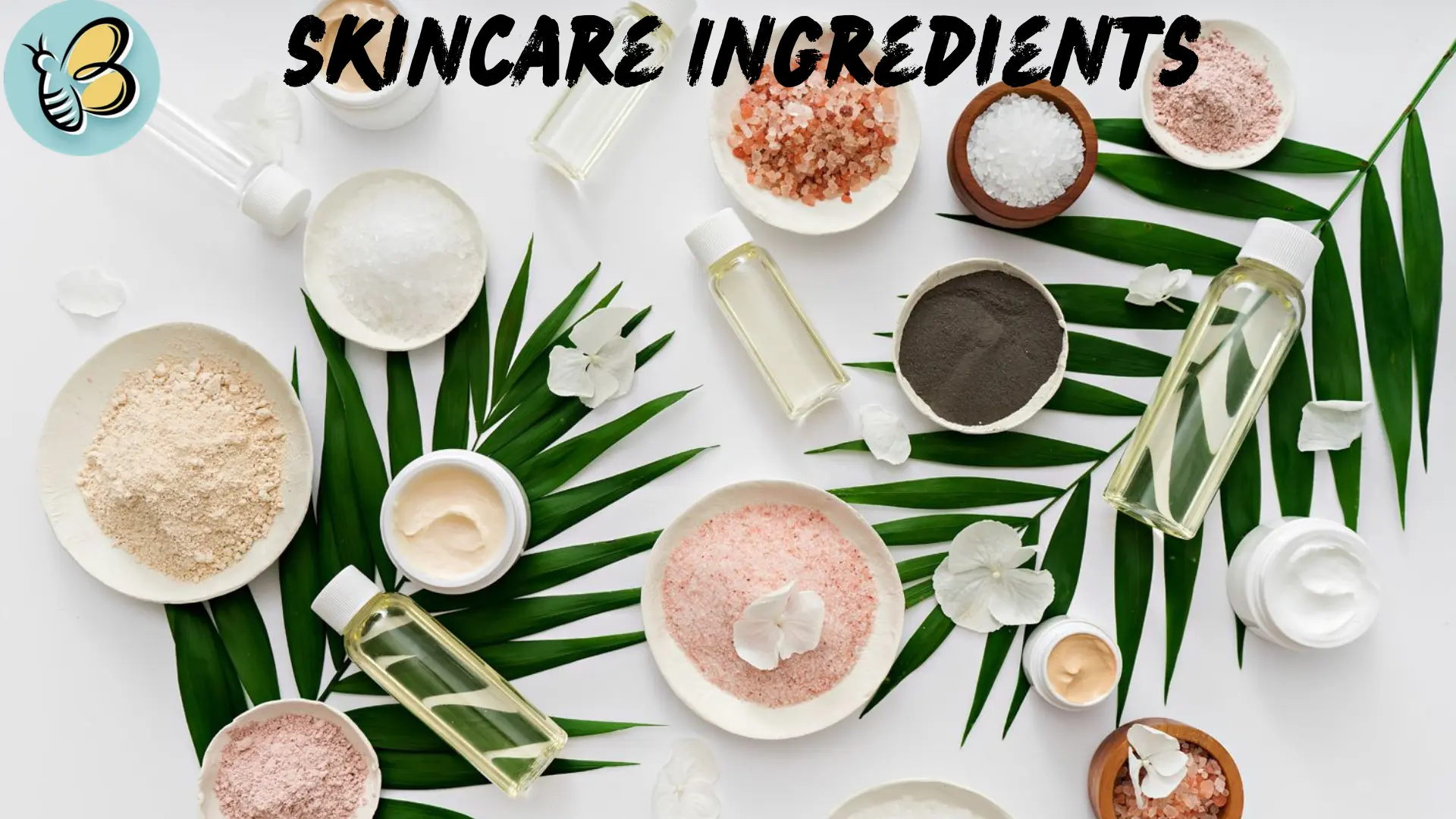
4: Be Smart About Layering
A good rule of thumb: start with the lightest product and finish with the thickest. This allows each layer to penetrate your skin deeply. The only exception is sunscreen—it should always be applied last, no matter its texture. Keep in mind that using incompatible products together can cause pilling. For example, oil-based moisturizers form a barrier that locks in moisture, which is great for dry skin, but it can also block products applied afterward. To avoid this, use water-based formulas first, followed by oil-based ones.
5: Give Products Time to Absorb
Patience is key. If you apply foundation or moisturizer too quickly after layering products, pilling can occur. Give each layer time to work its magic. Wait 15 to 30 minutes after applying your moisturizer or SPF before moving on to makeup. Use this time to connect with yourself—brush your teeth, stretch, or indulge in a moment of self-care.
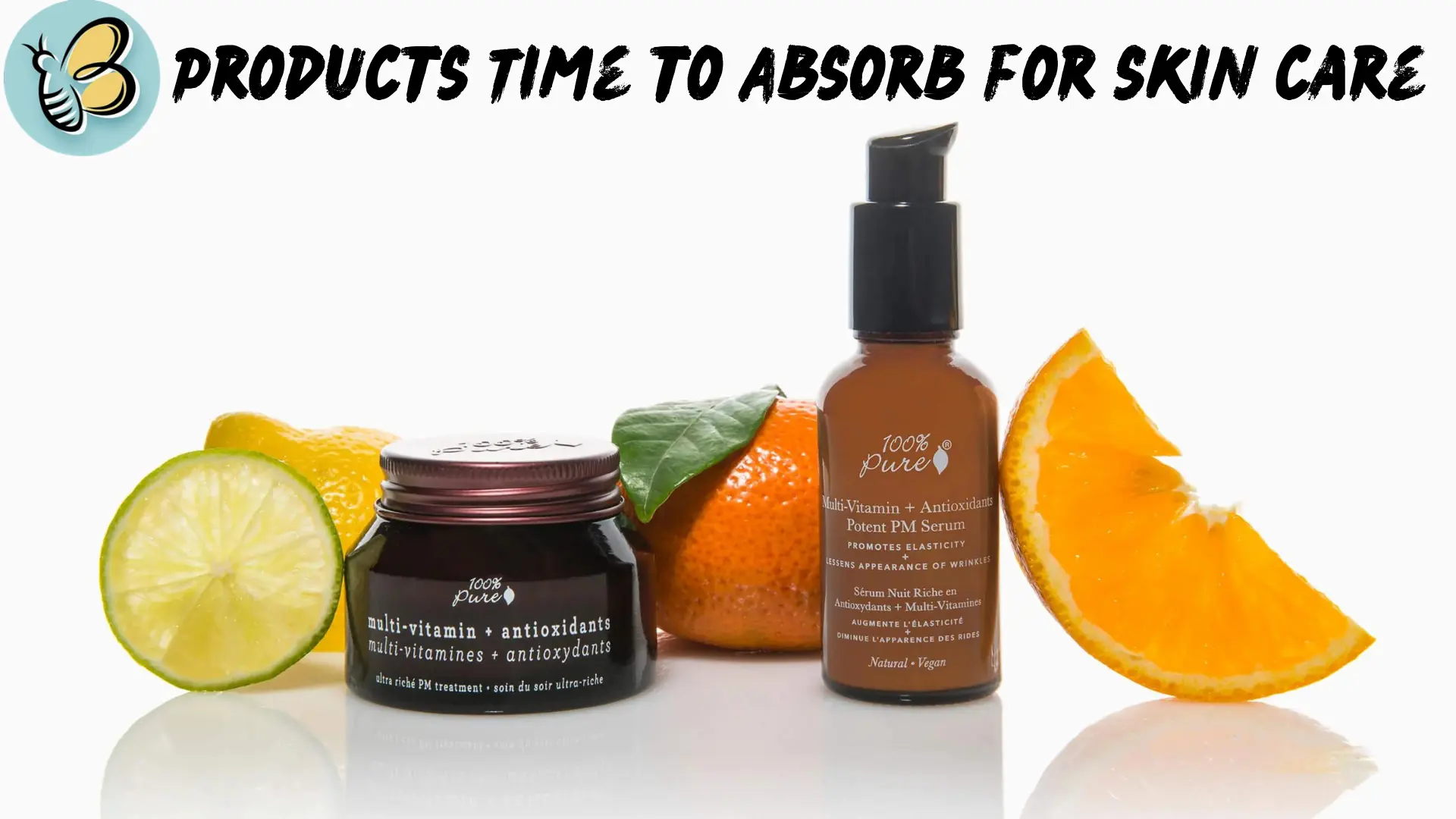
This small pause can make a big difference, allowing your moisturizer to absorb fully and helping your makeup sit smoothly without piling.
6: Choose Your SPF Carefully
SPF is a daily essential, no matter the season, but layering makeup over sunscreen can sometimes lead to uneven texture and skin pilling. Not all SPFs are created equal, and oil-based SPFs are especially prone to causing pilling. To identify an oil-based SPF, check the first few ingredients; if oils like lanolin are listed, it’s likely oil-based.
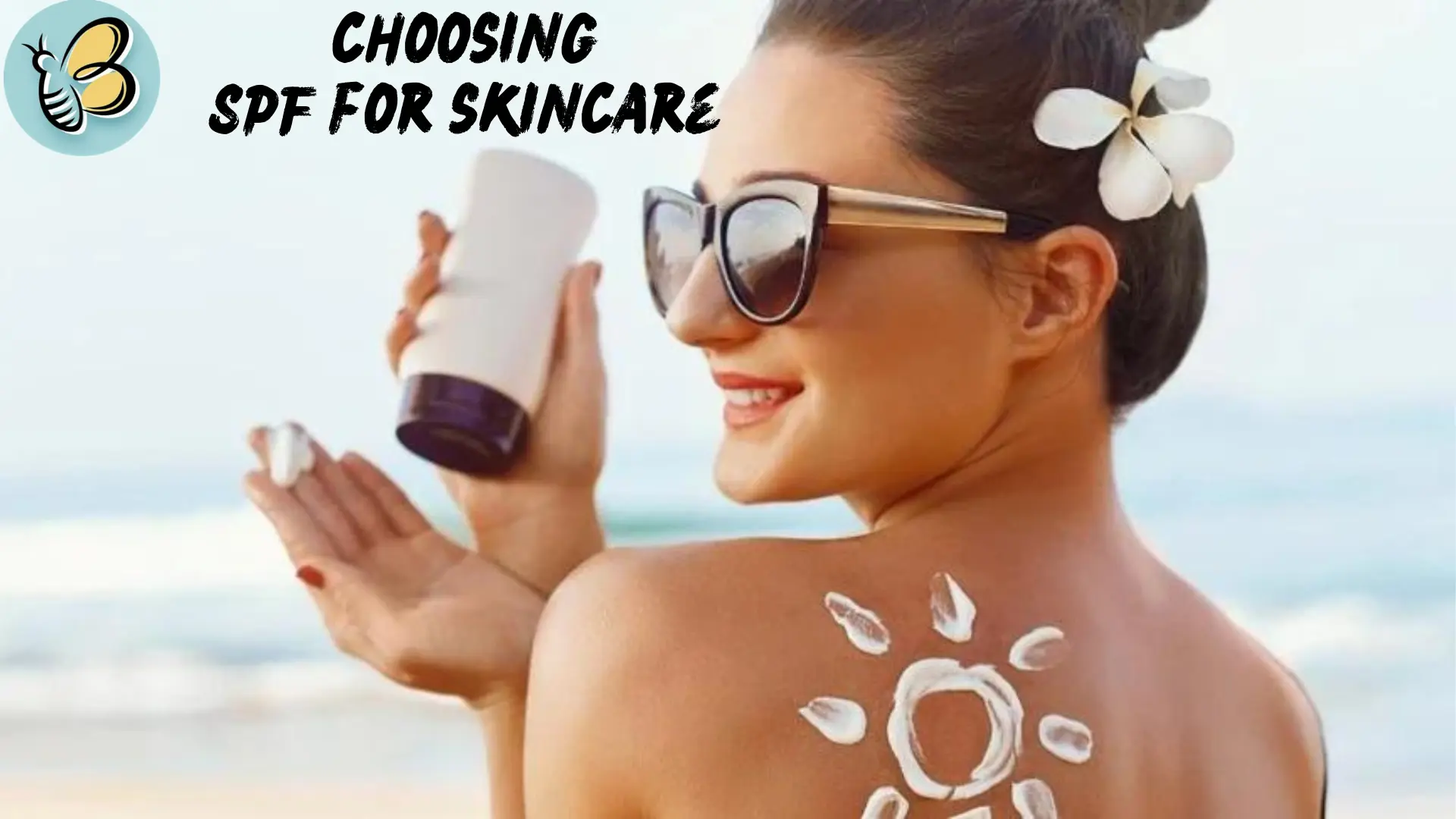
To prevent pilling, take your time between layers and apply products from lightest to heaviest. This allows your favorite SPF to absorb smoothly into your skin.
7: Simplify Your Routine
Pilling can also happen when your skincare routine has too many steps. The more products you layer, the higher the chances of product buildup. Instead, try a more focused routine with just 2-3 steps. Each product will have a specific purpose, working together to give you glowing, smooth skin without the frustration of pilling.
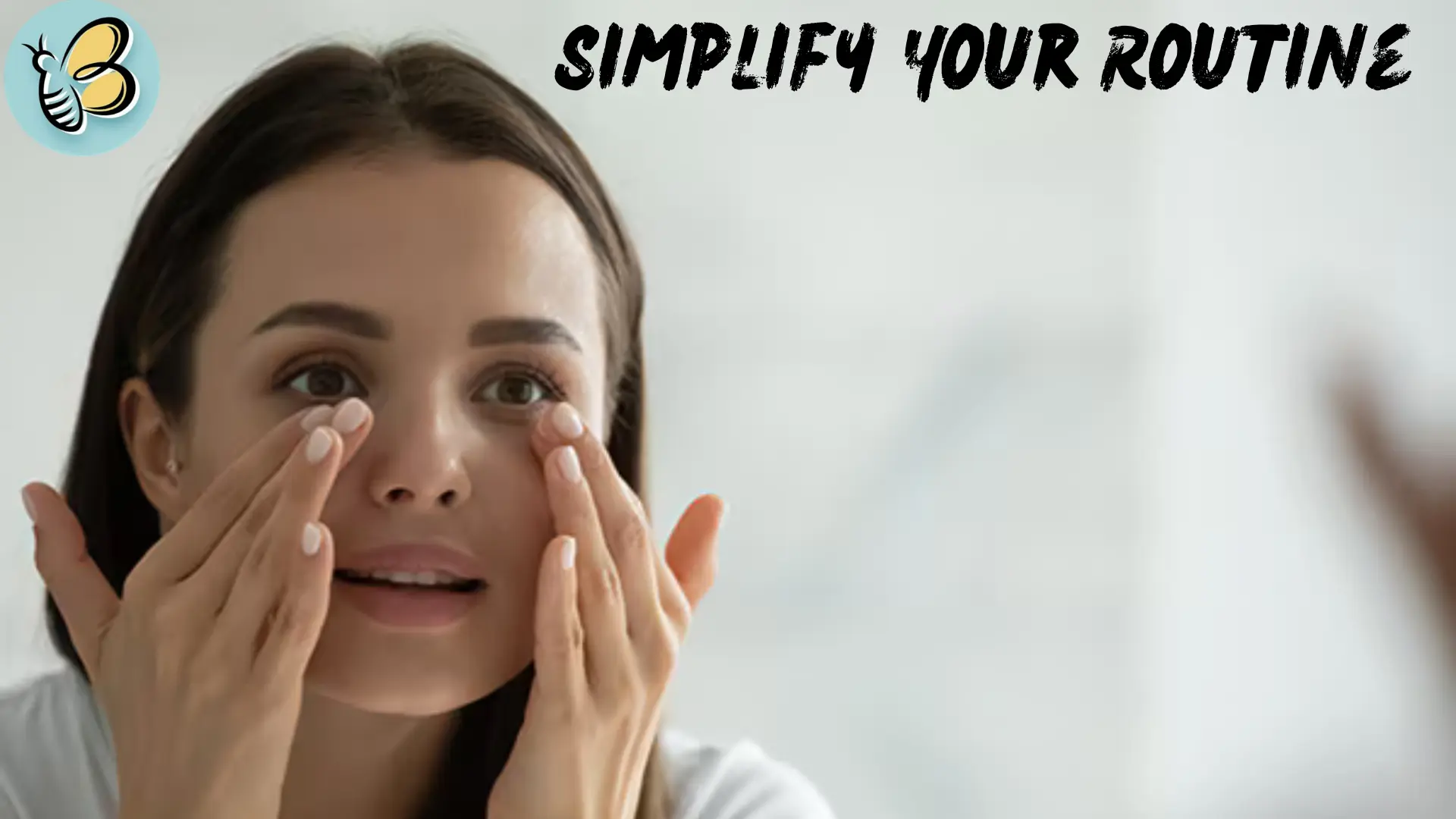
Final Thoughts
So we have gathered answers to all your whys and how’s, like:
- Why does my lotion pill?
- Why does my moisturizer pill on my face?
- How to stop moisturizer from pilling?
- Why is my face pilling?
- What causes pilling on the face?
- What type of product will most likely make blackheads worse?
- What do you do with skincare products you don’t use?
- How to apply emulsion skincare?
Skin pilling occurs when skincare or makeup forms tiny beads on your skin. This can result from using incompatible products, layering in the wrong order, skipping exfoliation, or applying thick formulas. By following these tips, you can reduce pilling and enjoy a consistent skincare routine that helps your natural beauty shine through.
